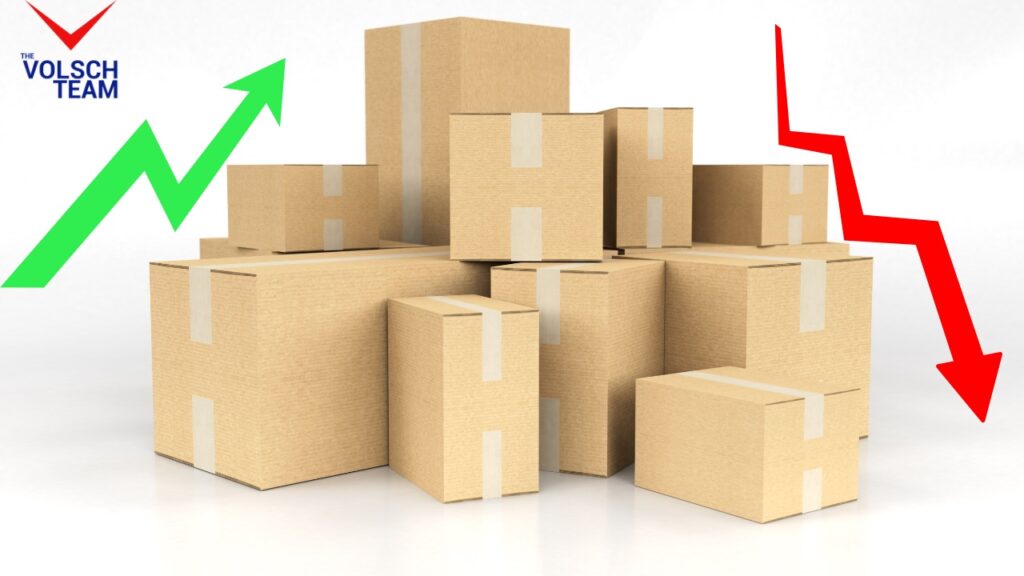For years, the cardboard-box indicator has been a staple among investors to gauge economic trends, premised on the idea that an increase in orders for corrugated fiber boxes suggests a rise in manufacturer output. Given that a significant majority of perishable goods are transported in these boxes, this metric has been seen as a reliable predictor of consumer spending directions and, by extension, the trajectory of the economy.
Recently, the spotlight has turned to this indicator, notably through Jeffrey Kleintop, the managing director and chief global investment strategist at Charles Schwab. Kleintop’s reliance on this measure stems from a simple observation: most goods we manufacture or transport utilize cardboard boxes. He notes that in the last few decades, downturns in demand for these boxes have often preceded economic recessions, making it a critical metric to watch.
The dramatic drop in cardboard box sales and revenue during significant economic downturns, like the 2008 recession, underscores this point. A recent decline of 10% in this sector was interpreted by Kleintop as a clear indication of an economic recession, despite the buoyancy in nonmanufacturing stocks. This year’s rebound in demand for corrugated fiber, however, suggests a recovery and possibly a healthier economy ahead.
The endorsement of the cardboard-box index by financial heavyweights, including former Federal Reserve chair Alan Greenspan, attests to its perceived reliability. Yet, there’s an emerging challenge to its relevance, highlighted by the shifting patterns of consumer spending from goods to services—a sector that now represents a substantial portion of GDP. This transition suggests that while the sale of cardboard boxes can reveal certain economic trends, it may not fully capture the broader economic landscape, especially as consumer expenditures increasingly favor services over goods.
The transition to a service-based economy, highlighted by digital and service components integrated into consumer goods, suggests the need for new economic indicators. For instance, subscription renewals for streaming services or usage trends in banking apps could become future metrics for economic health, reflecting the growing significance of the service sector. However, tracking the service economy presents challenges, given the current limitations in capturing comprehensive data on service sector productivity and output.
This shift underscores a critical realization: relying solely on traditional indicators like cardboard box sales to gauge economic health may be increasingly inadequate. As consumer behavior evolves, so too must our tools for economic analysis, necessitating a broader view that includes both goods and services to accurately assess the state of the economy.
In A Nutshell . . .
Economic indicators can be almost a dime a dozen depending on what someone is trying to prove. My observation has been to get the data and study it carefully to determine what is more true about what is happening in the current economy than what ‘one’ individual may be trying to convey. This allows me to better evaluate indicators that are often overlooked because they don’t support what someone is trying to build their platform on.

